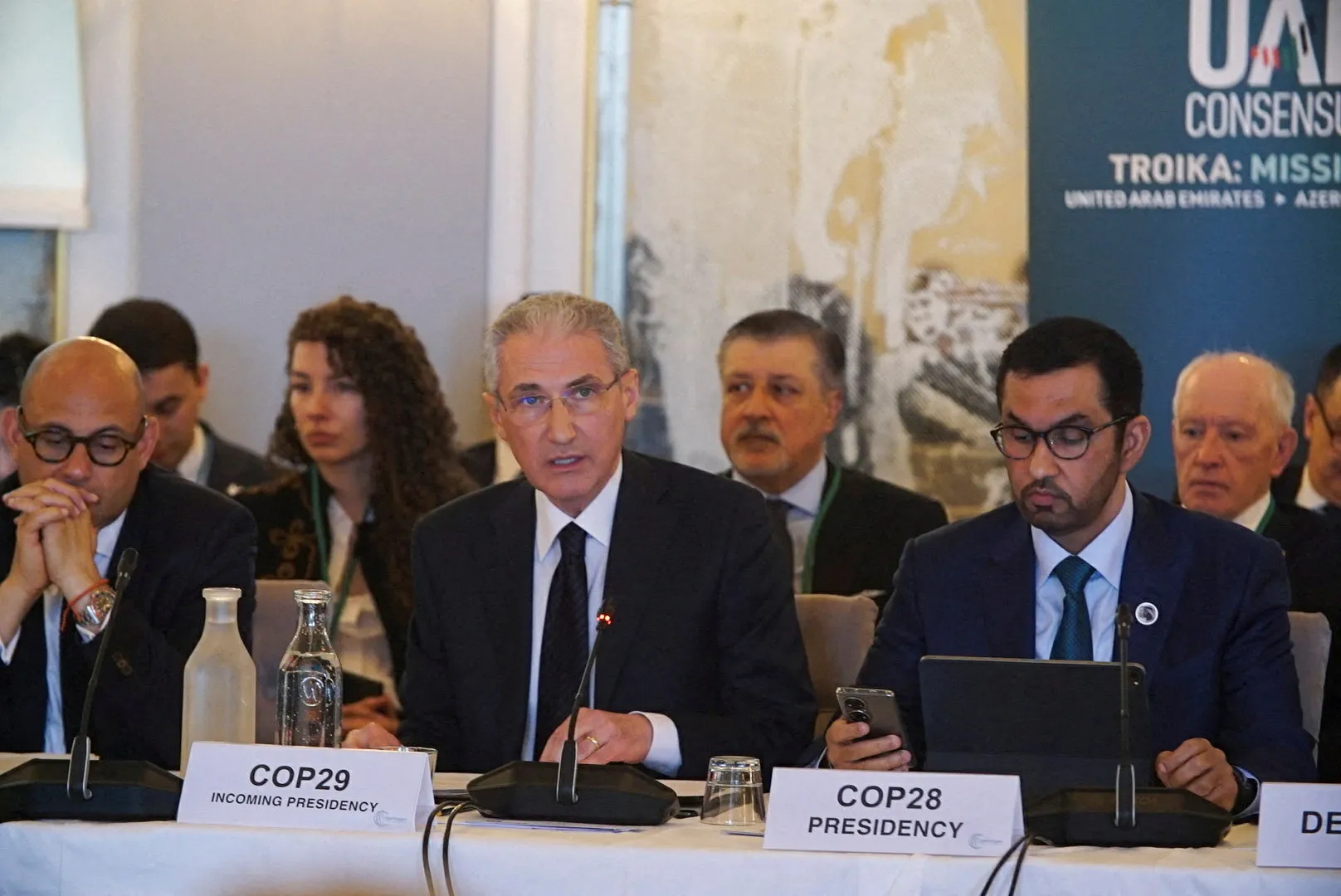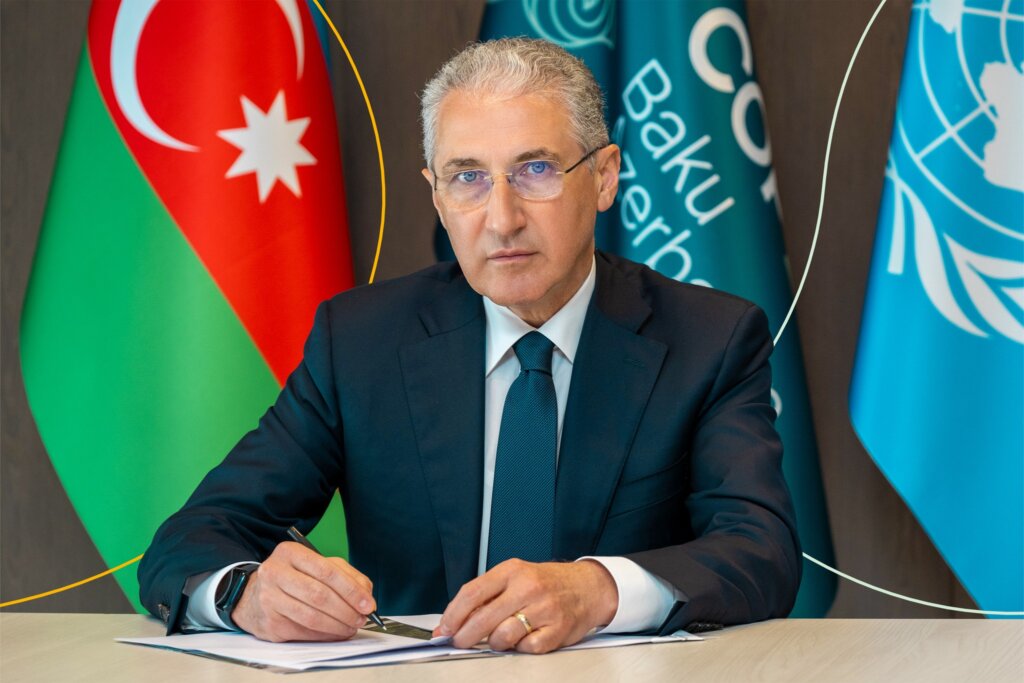
COP29 leaders discuss climate finance and energy storage
At COP29, world leaders unveiled new strategic goals to strengthen climate finance and develop energy storage technologies. These measures are designed to accelerate the global transition to sustainable energy sources and support countries most vulnerable to climate change. Participants emphasized the importance of collective efforts to achieve carbon neutrality and ensure energy security in the future.
Azerbaijan Unveils COP29 Plans: New Approach to Climate Finance and Initiatives to Raise Ambition
Less than two months before the UN COP29 climate summit, Azerbaijani authorities on Tuesday presented their plans to meet the targets, while the global community continues to look for ways to increase ambition under the new funding target.
A key goal of the November summit is to set a new annual level of financial aid that rich countries will pledge to help poorer countries combat the effects of climate change. Developing countries argue that they will not be able to speed up emissions reductions unless they receive the extra financial support needed to invest in them.
Countries remain far from a unified solution on climate finance, and in response, the COP29 presidency proposed more than a dozen alternative initiatives this week. These measures, aimed at raising ambition, do not require coordination among countries or consensus-building, which could slow progress. The initiatives include new funds, commitments, and declarations that can be supported by national governments.

The initiatives include a fund, funded voluntarily by fossil fuel producing countries and companies, that supports public and private sector projects aimed at addressing climate issues, and grants to help developing countries cope with the impact of climate-related disasters.
These additional initiatives draw on “the convening power of the Conference of the Parties (COP) and the national resources of host states to build coalitions and move forward,” COP Chair Mukhtar Babayev said in a letter to participants and stakeholders.
Thus, at the COP28 summit, which took place in Dubai last year, over 120 countries committed to increasing renewable energy capacity threefold by 2030.
Ambitious COP29 targets: Sixfold increase in energy storage by 2030 and call for climate truce
The COP29 presidency also hopes to secure support for an initiative to increase global energy storage capacity sixfold above 2022 levels, with a goal of reaching 1,500 gigawatts by 2030. The plan includes commitments to significantly increase investment in power grids, adding or upgrading more than 80 million kilometers (50 million miles) of grid by 2040.
COP29 leaders also proposed declaring a “COP truce” to highlight the need to combine peace with climate action.
Despite international efforts and national commitments to combat climate change, carbon dioxide emissions from burning fossil fuels reached record levels last year. The increase is the result of continued reliance on coal, oil and gas, which remain the main sources of energy for most countries. At the same time, the world has just experienced its hottest summer on record, highlighting worrying trends in global warming.

Rising temperatures each year are leading to intense heat waves, destructive weather events, and changes in climate systems that have serious impacts on ecosystems and human communities. Increasing natural disasters, such as wildfires and floods, are also threatening human life, health, and economic well-being.
These developments highlight the need for urgent and stronger international action to reduce carbon emissions and accelerate the transition to sustainable energy sources. Achieving climate commitments requires a comprehensive approach that includes investment in innovative technologies and changing energy consumption patterns.